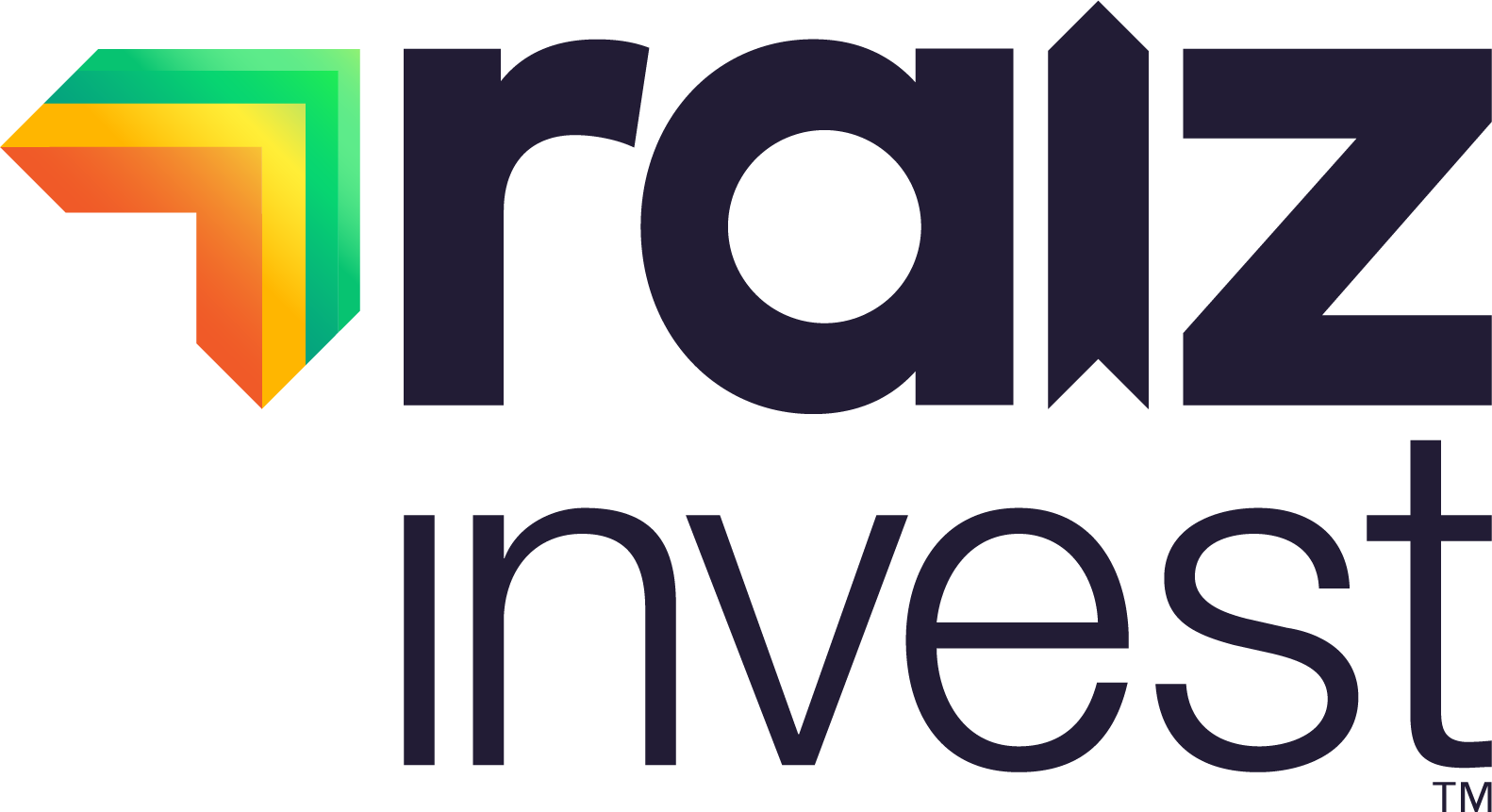The 80/20 Principle of Investing

Do
you know what investing is? Confusing.
To
circumvent that issue, you can do what most people do – learn.
Ahh
yes. Learning about investing. Such a fantastic topic isn’t it. Perhaps, the
more you learn, the better returns you’ll get? Maybe outperform the market?
Maybe find the NBT (Next Big Thing)?
I
know. I started on this journey over a decade ago. Read a bunch of books. Went
to a few classes at uni. Even got a degree! Worked in tax, super, investments,
cash flow. Opened up my own shop. Clients came in. I researched portfolios. We
discussed those portfolios. These portfolios had ‘Foreign Exposure’ with
‘Counter-Cyclical Hedges’, ‘Active Managers’ that would use ‘Dynamic Asset
Allocation’ to ensure ‘Market Trends’ were taken advantage of.
Oh
God. It hurts even just to write it all down.
Here’s
the thing. The world of investing has taken something that is honestly quite
rudimentary and fluffed it up to be something it isn’t. Or to put simply, we
spend 80% of our time, effort and resources aiming for that last 20%.
What
do I mean?
I
mean, it’s not a surprise to anyone in the greater investment industry to spout
off this fact ‘the majority of active managers underperform the benchmark’. Now
what that financy-pants language means is that the majority of
professional investment teams do worse than if they had just
done nothing.
That’s
right.
For
all the posturing, all the research, all the education, all the fanfare, all
the talk, all the mumbo-jumbo………………. Most of the time it’s not only for naught,
but detrimental.
That’s
a pretty condemning statistic. Could you imagine if the medical industry had
these kind of results? Could you imagine if ‘go home and rest’ had a higher
chance of survival for cancer patients than having treatment? We would be up in
arms.
But
the investment community has a different opinion. And that is because everyone
is convinced they can pick that top 20%. And so that is what everyone is aiming
for. To ‘beat the market’ by being smart enough to get in the top 20%. It makes
sense. Everyone has an ego. And everyone has hubris – especially when it’s
other people’s money…
But
here’s the thing. What if you said ‘no more’. What would happen? What if you
stepped out of the hustle and bustle of trying to get that last 20% and were
happy with the 80%. What kind of world would that look like? What kind of
research, education, monitoring and ongoing effort would that require from you?
Or
put simply, how much of your attention would you have to give your investments
if you were happy with 80% of the possible returns?
I’m
sure you’re probably anticipating the answer to be 20% of the effort. I mean,
that’s how it normally goes doesn’t it. Well not quite. It’s less than that.
How
about one percent?
One
percent effort is all you need. And even that is pushing it. If you’re happy to
just go along with the ups and downs of the market, you don’t have to do
anything. At all. Once the purchase has been made, there is zero upkeep for
you.
Let
me explain how this works.
Like
everything else in finance, the solution comes in the form of an acronym.
ETF
– Exchange Traded Funds. Really simply, ETF’s are an algorithm that trades
stocks. Sounds complex, but it isn’t. Most ETF’s have a VERY simple trading
strategy. The algorithms aren’t looking for undervalued hidden gems, or for
promising speculative mining stocks. They aren’t looking what pays a good
dividend, or any other investment strategy.
All
they do is blindly buy what they are programmed to buy. And while these
algorithms are starting to get more complex, the majority of money invested in
ETFs are in the S&P 500 (http://etfdb.com/compare/market-cap/).
And
what is the S&P 500? It’s the top 500 publicly traded companies in the
States. That’s it. The algorithm simply buys the biggest 500 companies. If
company 500 drops down to 505 it’s sold. If company 550 goes up to 400, it’s
purchased. Simple. Indiscriminate investing. The Aussie version is called the
ASX200. So instead of the top 500, it’s the top 200.
Now,
this is why I like ETF investing.
It
takes 1% knowledge and effort to get in, and the algorithm ensures you’re only
ever invested in the top companies. Even in 20 years from now, say if 50% of
the companies that are currently in the S&P500 or the ASX200 were to go
bankrupt and fall off the face of the world – you don’t have to know about any
of it, and you don’t have to take any action.
The
ETF trading formula does it all for you.
In
addition, as this is the simplest, easiest to monitor trading strategy that
takes so little money to run, it is by far the cheapest way to invest.
So
the easiest way to invest, is also the cheapest way to invest. Winning.
But
not only that, this whole easy/cheap way of investing is backed up with a Nobel
prize. If you want to look into it more, it’s called Modern Portfolio Theory (https://en.wikipedia.org/wiki/Modern_portfolio_theory)
Like
all theories, it absolutely has it’s detractors, and the detractors have a
point. But I’m not suggesting this passive ETF investment strategy because I
think you’ll get the best returns. Absolutely not. This article is all about
80/20, and while you’ll never get in the top 20% of investment returns with
this long term investment strategy, do you really want to
spend 80% of your time, money, resources etc. going after that last 20%.
Nope.
Not me.
I
have exited my ego stage left when it comes to investing. I used to think I
could out-perform the market, and at times I absolutely have, but to do it
consistently is nigh on impossible.
And
here is why you shouldn’t be looking for that last 20% either – because it’s
just not a good use of your time or your headspace. I’ve written extensively on
decision fatigue (http://www.fundyourideallifestyle.com.au/decision-fatigue/),
and I’m a big proponent on the less you try to think about money, the better
you do in every other area of your professional and personal life.
So
how do you get your hands on these ETF’s? Well you can go out and open a
brokerage account, go online and find a risk profiling tool to see what mix of
ETFs you should have. Then decide which ETF you should buy, save up at least
$500 for each ETF, go back to your broker, pay the brokerage fee, and have a
portfolio you can log on to once every six months to look at.
Or
you can download the Raiz app, go about your day, spend your money, and have
the roundups get invested for you. For more information on Raiz fees, click here.
You
decide.
By
Clayton Daniel
Financial
commentator and author of upcoming book Fund Your Ideal Lifestyle.
Don’t have the Raiz App?
Download it for free in the App store or the Webapp below:

Important Information
The information on this website is general advice only. This means it does not take into account any person’s particular investment objectives, financial situation or investment needs. If you are an investor, you should consult your licensed adviser before acting on any information contained in this article to fully understand the benefits and risk associated with the product.
A Product Disclosure Statement for Raiz Invest and/or Raiz Invest Super are available on the Raiz Invest website and App. A person must read and consider the Product Disclosure Statement in deciding whether, or not, to acquire and continue to hold interests in the product. The risks of investing in this product are fully set out in the Product Disclosure Statement and include the risks that would ordinarily apply to investing.
The information may be based on assumptions or market conditions which change without notice. This could impact the accuracy of the information.
Under no circumstances is the information to be used by, or presented to, a person for the purposes of deciding about investing in Raiz Invest or Raiz Invest Super.
Past return performance of the Raiz products should not be relied on for making a decision to invest in a Raiz product and is not a good predictor of future performance.



